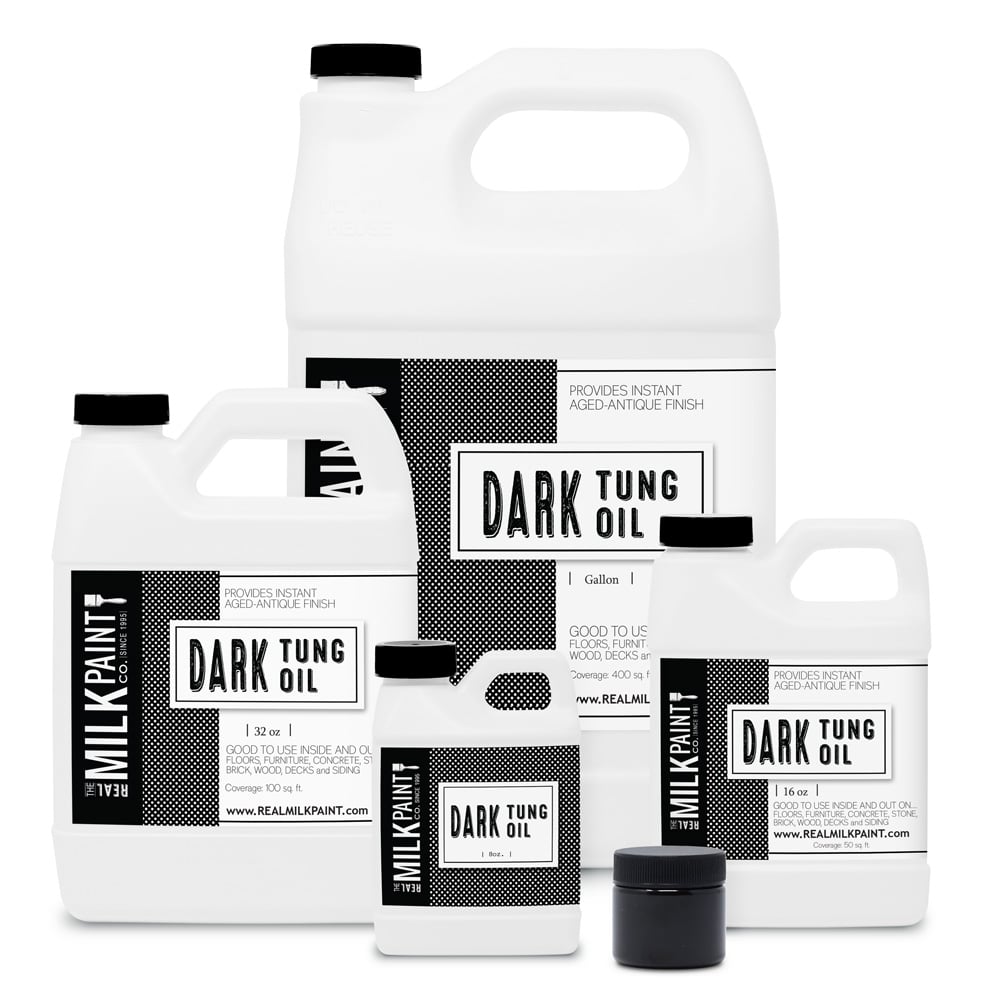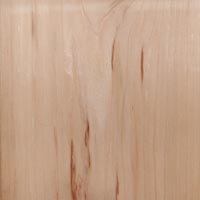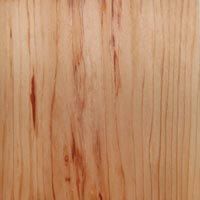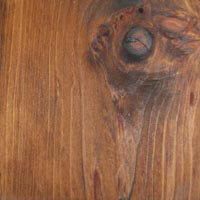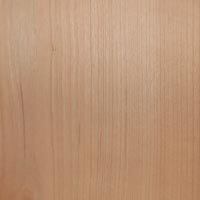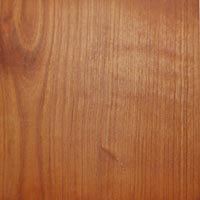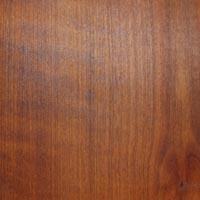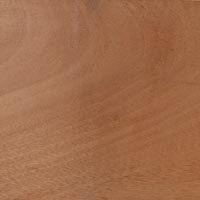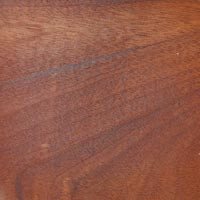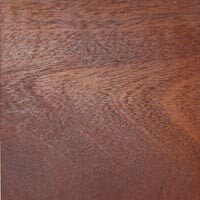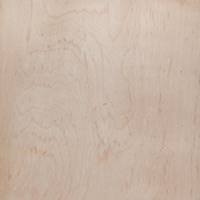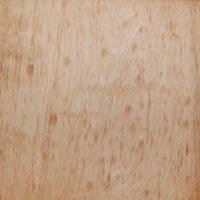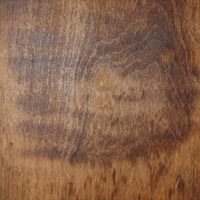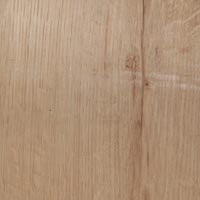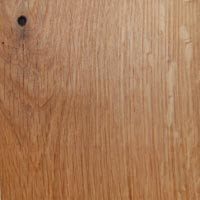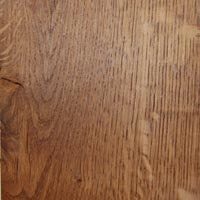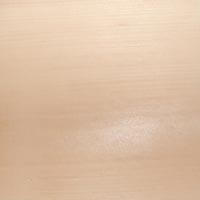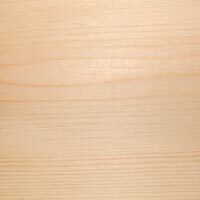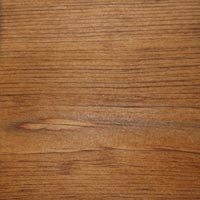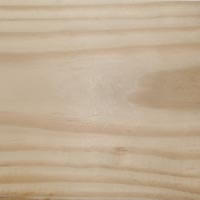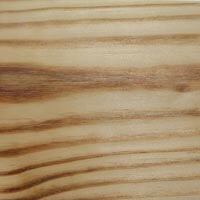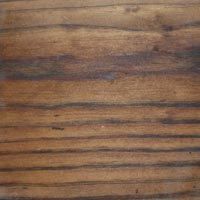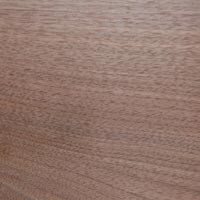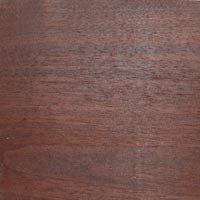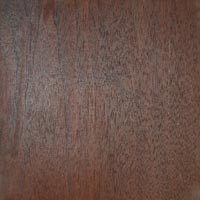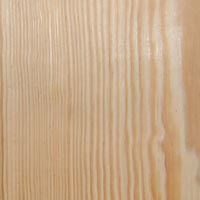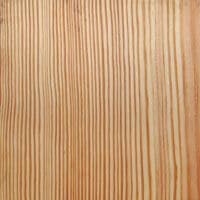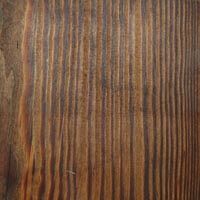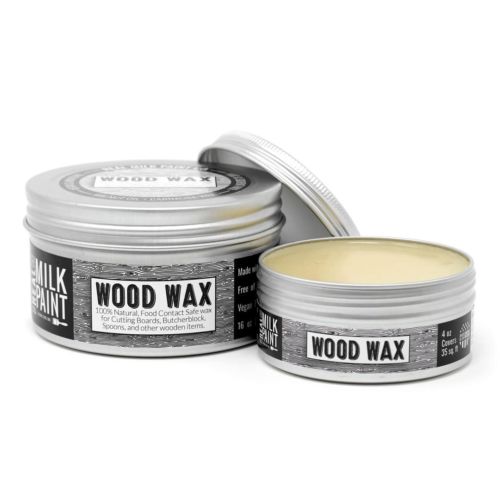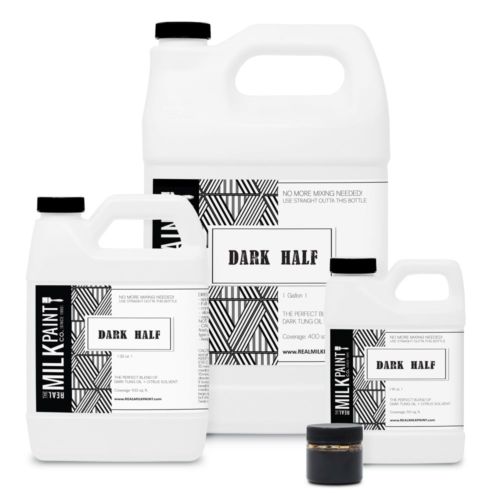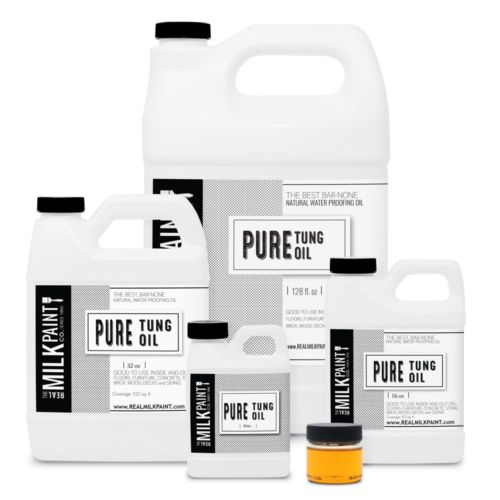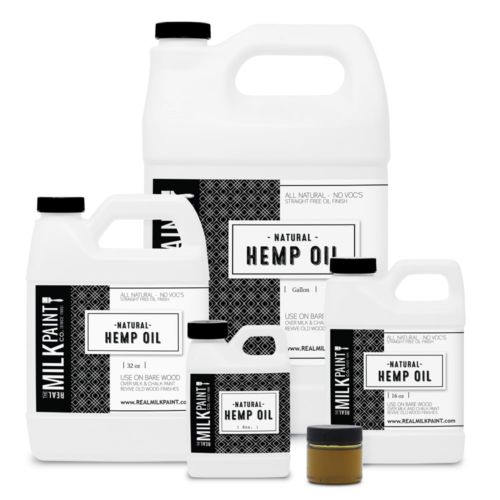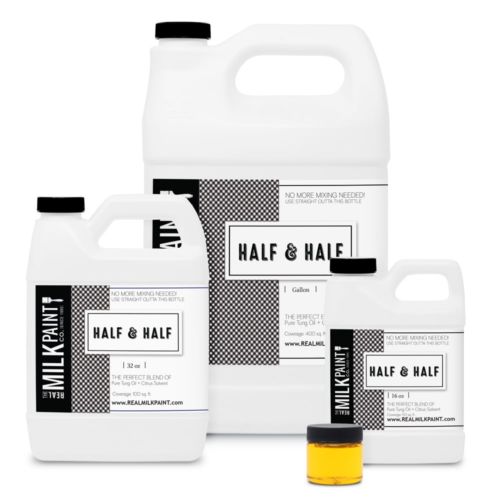Dark tung oil wood finish with natural resin to add depth to your grain and instantly have an aged look.
Dark Tung Oil
From: $4.50
- Description
- Directions
- Hints & Tips
- Wood Samples
- Oil Thinning Guide
- Oil Calculator
- Ingredients & SDS
Product Description
INSTANTLY ADD DEPTH TO YOUR GRAIN FOR AN AGED-ANTIQUE FINISH
The same as our Pure Tung Oil except that we have added a non-toxic naturally occurring resinous hydrocarbon for color. The resin is non-carcinogenic and does not contain any PCBs. Dark Raw Tung Oil by The Real Milk Paint Company is water repellent and alkali resistant. It resists marring, penetrates well, is elastic, and is unlikely to check. Dark Raw Tung Oil builds quickly, consolidates the wood surface, and builds a dark matte wood finish. It should be kept in an airtight container with minimum airspace.
It’s so sticky it actually pulls cracks together as it dries. I put one coat on a wooden lemon reamer that’s splitting and the crack is definitely closing. Thanks so much for tracking down this product.
Features
- Naturally polymerizing wood finish
- Cures by oxidation, not evaporation
- Does not form a glossy finish no matter the number of coats
- Form a flexible water-repellent finish
- Resists abrasion and acids
- Does not blister and peel (properly applied)
- Does not mold like linseed oil
- Long shelf life
- Does not darken with time like linseed oil
- Concentrated (thin one-to-one, doubles the coverage)
- Combined with “Citrus Solvent” it makes an all-natural wood finish
- FDA approved for food contact
- Does not go rancid
- 7 to 10 days partial cure, 15 to 30 days full cure
- Can be mixed with any other of our Tung Oil Products (i.e. Pure Tung Oil, Dark Half, Half & Half, Outdoor Defense Oil)
- Packaged in fully recyclable HDPE bottles that are BPA and Phthalate-free.
Coverage
- Sample covers 1 sq. foot
- 8 oz. covers 25 sq. feet
- 16 oz. covers 50 sq. feet
- 32 oz. covers 100 sq. feet
- Gallon covers 400 sq. feet
This is coverage for the oil only and not diluted with Citrus Solvent.
History
Pure Tung Oil is a finishing product that provides a tough, flexible, and highly water-repellent coating for a great wood finish when staining wood. It is classed as a drying oil along with linseed, poppy seed, safflower seed, walnut, soybean, oiticica, and a few other oils. Although it is relatively new to the Western world, tung oil has been known for centuries to the Chinese, and until this century, China was the main source of tung oil. It comes from the seed of the tung trees, Aleurites fordii and Aleurites montana, deciduous trees that are very susceptible to frost damage. This vulnerability has restricted the cultivation of tung trees to China and South America. Tung oil received a widespread application in China: in the building trades as a treatment for both stone and wooden structures; in marine trades as a preservative and water repellant on wooden boats.
It is said to have been introduced to the West by Marco Polo. From the 13th to the 19th century, tung oil had only limited use in the West. In the 19th century, it was adopted by the paint companies to become a major component in paints and varnishes. More recently, tung oil has gained favor over linseed oil for furniture finishing because it is faster drying and does not darken as much with age.
Coverage
- Sample oz. covers 1 sq. foot
- 8 oz. covers 25 sq. feet
- 16 oz. covers 50 sq. feet
- 32 oz. covers 100 sq. feet
- Gallon covers 400 sq. feet
- Example: One Gallon would cover 400 sq. feet one time.
Directions
There are four phases when it comes to using Dark Tung Oil wood finish for your projects.
- Preparation
- Application
- Curing
- Maintenance
Preparation
- The best operating temperature for applying Dark Tung Oil is above 50°F ( 10°C ).
- Be sure the surface of your project is free of dust, debris, or grime.
- Check to see if the surface is porous. (Dark Tung Oil works by absorbing into the material and filling the open pores. Therefore, if your material is not porous, it will not accept Dark Tung Oil. To test if your surface is porous or not, place a small amount of water on the surface. If the water absorbs, it is porous. If it does not and beads on the surface, you may need to sand and/or strip the surface.)
- If you need to sand your surface, we recommend not going above 220 grit sandpaper. Too high of a sandpaper grit will “polish” the surface, hindering proper absorption of Pure Tung Oil.
- If stripping your surface is needed, we recommend using Soy Gel: Paint and Urethane Stripper.
- If you are looking for a lighter color finish, take a look at our Pure Tung Oil.
- If a color other than that provided by the tung oil is desired, we recommend using water or alcohol-based stains on the wood before the Dark Tung Oil is applied. Most oil-based stains should be avoided as they tend to seal the wood and prevent absorption of the Dark Tung Oil.
- DO NOT use a wood conditioner. This will seal the wood and prevent the tung oil from absorbing.
- Determine if you will need to thin the tung oil. Dark Tung Oil is a naturally thick liquid and usually requires thinning to help it absorb into the wood. You can thin Dark Tung Oil with a variety of thinners. If you are doing a project where you want to use natural, food contact safe products, try our Citrus Solvent. If you’re looking to be a bit more economical, try our Odorless Mineral Spirits. Do not use a mineral spirit or odorless mineral spirit marketed as “green”, “eco-friendly”, or similar verbiage. These do not mix with the tung oil and will create adverse effects on your finish. Typically these thinners have a milky appearance in the bottle rather than clear.
- NOTE: Most projects DO require this thinning. Only very old, dry wood or concrete tends to use unthinned Dark Tung Oil.
- Extremely dense woods such as teak, ipe, etc may require thinning up to a 2 to 1 ratio of solvent to Dark Tung Oil.
- Don’t want to deal with the hassle of thinning it yourself? Look no further than our Dark Half! With this pre-mixed Dark Tung Oil and Citrus Solvent blend, you can use it right from the bottle without any mixing!
- If you’re looking for a wood finish that doesn’t require any solvent, you may be interested in Hemp Oil
Application
When applying thinned Dark Tung Oil, here’s a handy thing to remember: Apply, Absorb, Repeat or Remove
-
Apply – Apply the Dark Tung Oil to the surface.
Absorb – Let the Dark Tung Oil absorb into the material.
Repeat – Do what you just did, apply the oil and let it absorb.
Remove – When the oil isn’t absorbing and pooling on the surface, remove it with a rag.
Cure – Let the Dark Tung Oil go through its natural curing process.
For the best results, you want to saturate the material with the tung oil to the point where a majority of the surface is no longer absorbing the oil. This will look like puddles on the surface even after waiting 40 minutes. Just like a sponge, the wood (or other porous surfaces) will only absorb so much oil before it can’t anymore. This saturation is achieved by doing multiple coats.
You can apply Dark Tung Oil wood finish with a brush, rag, roller, or even a pump sprayer depending on your project and needs. We recommend brushes and/or foam rollers for most projects.
- Apply a generous first coat.
- Let the tung oil absorb into the surface, waiting if needed, up to 40 minutes.
- Apply another coat, let it absorb, and repeat the previous steps.
- Continue this process until you reach the desired amount of coats or have fully saturated the wood. You can tell the wood is saturated when the oil puddles on the surface and no longer absorbs oil across a majority of the surface. To be sure, wait 40 minutes. If the oil is still puddling, then you will know the surface is saturated.
- Taking a clean rag or cloth, remove any excess tung oil that is puddling or pooling on the surface.
- Hang those oil-soaked rags outdoors to dry. DO NOT pile the rags or put them in a container.
For the best finish, we recommend letting this application rest and settle overnight. The following day, apply one or two more coats of Tung Oil to the surface of your project, following the same steps outlined above.
Curing
Dark Tung Oil from Real Milk Paint Co. does not contain any additives to speed the drying process, such as heavy metallic dryers. Because of this, it can take up to 30 days to completely/thoroughly cure by its natural polymerization process. Provided below are some guidelines to follow during the curing phase.
- Dark Tung Oil cures best in warm, well-ventilated places. The warmer and more ventilated the area, the faster it will cure.
- Placing objects on the surface will “suffocate” and prevent the tung oil from curing properly. If there is no airflow between the surface and the object, it should be removed until the curing is complete (30 days).
- During the first 15 days of curing, you can use the surface. However, you will want to avoid getting it dirty or allowing liquids to puddle on the surface during this period.
- As the Dark Tung Oil cures, its durability and resistance to liquids and dirt will also increase. The first 7-15 days is when the oil is at its freshest and weakest state. After that point, increased regular use of the surface can take place.
- As Dark Tung Oil cures, it slightly expands and may push fresh oil back to the surface. Check for oil that may be seeping to the surface and remove it, if found, with a rag.
For butcher block, wood countertops, and etc.
- Avoid getting dirt, water, or other liquids on the surface of the butcher block for at least the first 7-10 days.
- We recommend putting wax or parchment paper down near sinks when doing dishes and other activities that splash water about. This will prevent the water from pooling on the surface and can be easily removed after dishwashing.
- Avoid putting cutting boards, appliances, dishes, and other objects that sit close to the recently refinished surface for extended periods of time. These objects prevent airflow and can hinder Dark Tung Oil from curing.
- If you are mounting or under mounting a sink, we recommend waiting for 7-10 days before mounting the sink. For caulk, we recommend using DAP Ultra Clear All Purpose Sealer. Silicone caulks tend to pull away from the oiled surface over time.
- If you have an under-mount sink, we highly recommend saturating the end grain of the butcherblock in the sink area with straight Dark Tung Oil. This will help seal the very porous ends of the wood and give it the best resistance to water.
For indoor floors
- Feel free to move about on your floors with either socks or rags underfoot after applying the Dark Tung Oil. Moving across the floor with rags or cloth material is actually recommended as it will help buff and prevent any oil that may seep to the surface.
- You can move furniture back into the room after applying the Dark Tung Oil. However, keep area rugs and furniture that sits close to the floor off until the full 30 days are complete. We recommend placing plastic sliders between the floor and wooden legs of furniture. This will prevent the furniture leg from naturally pulling the oil out of the floor.
- While the oil is at its freshest (usually the first 7-15 days) do not walk across the floor with dirty shoes. The dirt will be pressed into the fresh oil and will be hard to remove.
- The floors can be temporarily covered with plastic, painter’s cloths, or cardboard for no more than a day.
- Avoid having any liquids sit on the surface.
For outdoor decks, siding, and other wooden surfaces
- Freezing temperatures can affect the curing of Dark Tung Oil. You will want to delay your project until the temperatures will be above freezing for a minimum of two weeks during the curing of the tung oil.
- Do not apply the Dark Tung Oil in direct sunlight. The heat from the sun will flash polymerize the Dark Tung Oil while it is on the surface.
- Try to apply Dark Tung Oil when rain is not in the forecast for a week or two. None of us can control the weather and should it rain on your newly oiled deck don’t worry. As soon as possible, remove the water from the surface using a leaf blower or a broom. You just want to prevent the water from staying on the newly finished surface.
Maintenance
The beautiful thing about a tung oil finish is that the maintenance of it is easy. We recommend cleaning the floor with mild soap and hot water. Avoid using harsh chemicals, acids, or strong solvents to clean the surface.
Maintenance coats are on an as-need basis. Outdoor projects may require more maintenance than indoor. Heavily used areas can be expected to require more maintenance than lightly used areas. Typically, surfaces that need maintenance have a very dry, or lackluster appearance compared to when the finish was originally applied.
When doing a maintenance coat you do not need to sand the surface again. Here is what we recommend;
- Make sure the surface is clean and free of dust or debris.
- Make a 2 to 1 ratio of solvent to Dark Tung Oil (2 parts solvent, 1 part tung oil). This thinned mixture can easily find any open pores and fill them.
- Thinly apply this mixture using a clean cloth. Simply wipe it onto the surface, no need to lather it on.
- Wipe up any excess that may be on the surface with a clean, lint-free rag or cloth.
- Allow this thin coat to cure for 24 hours.
- Hang oil-soaked rags outdoors to dry.
- Go back to enjoying the surface like normal!
Storage
Dark Tung Oil from Real Milk Paint Company can last with ease for multiple years on the shelf. Here are some guidelines to help you store it properly so it can be used for your next project.
- Make sure the lid on the packaging is tightly screwed on. This will keep air exchange from happening in the container.
- Store the bottle in a dry, moderate temperature environment. A place where it won’t freeze or become excessively hot. Freezing of the oil will make the natural fats separate from the oil. Excessive heat can cook the oil to the point where it cures in the bottle.
Hints & Tips
- Do not apply or leave fresh tung oil on a surface in direct sunlight. This will flash cure it on the surface and will turn white.
- Do not sand between coats of tung oil. This is an application technique for tung oil varnishes, not 100% tung oil.
- Do not use tung oil over oil-based sealers, stains, and finishes.
- We recommend using a water-based stain to change the color of wood before tung oil is applied if a color other than that provided the tung oil is desired. For a darker, all-natural, tung oil finish check out our Dark Tung Oil and Dark Half products.
- Do not use a mineral spirit or odorless mineral spirit marketed as “green”, “eco-friendly”, or similar verbiage. These do not mix with the tung oil and will create adverse effects on your finish. Typically these thinners have a milky appearance in the bottle rather than clear.
- Remember by adding petroleum mineral spirits or other thinners, the oil may become toxic with these substances mixed into it, although the finish produced is not toxic because the thinners evaporate.
- The number of coats of oil to be applied will be determined by the intended use of the piece. One to two coats is enough for decorative work, paneling and molding. For surfaces that receive moderate to heavy use or handling need a minimum of three and on up to six coats for maximum protection.
- Applying tung oil until the surface becomes fully saturated will give the best results. This will be evident as the surface will not absorb more oil.
- Renewal and/or maintenance coats are thinly applied with lint-free cloths (old bed sheets work well) or old t-shirt material on an as need be basis. A two parts solvent to one part tung oil mixture is recommended for maintenance coats.
- Do not get hung up on the number of coats, let the wood tell you when it has reached its maximum saturation.
- Tung Oil will be in the wood up to the surface not on the wood like varnish or polyurethane topcoat. The end result is more like seasoning a cast iron pan. This product will give you a surface that will stand up to vigorous use and spills: water will bead on the surface.
- After the tung oil has completely cured (30 days) cleaning of the surface can be done using hot water and mild soap, such as dish soap. Avoid using harsh chemicals or acids for cleaning.
Dark Tung Oil Wood Samples
- Cedar Raw Wood
- Cedar Pure Tung Oil
- Cedar Dark Tung Oil
- Cherry Raw Wood
- Cherry Pure Tung Oil
- Cherry Dark Tung Oil
- Mahogany Raw Wood
- Mahogany Pure Tung Oil
- Mahogany Dark Tung Oil
- Maple Raw Wood
- Maple Pure Tung Oil
- Maple Dark Tung Oil
- Oak Raw Wood
- Oak Pure Tung Oil
- Oak Dark Tung Oil
- Pine Raw Wood
- Pine Pure Tung Oil
- Pine Dark Tung Oil
- Pressure Treated Raw Wood
- Pressure Treated Pure Tung Oil
- Pressure Treated Dark Tung Oil
- Walnut Raw Wood
- Walnut Pure Tung Oil
- Walnut Dark Tung Oil
- Yellow Pine Raw Wood
- Yellow Pine Pure Tung Oil
- Yellow Pine Dark Tung Oil
Don’t know which oil to use for the specific wood species you’re working with? This infographic should help answer that query! Use the guide below to locate the wood species you are working with. Then, use the color field to see which oil would be best to use for that wood species. This guide focuses mainly on common North American wood species. If your project wood is not listed, use the Janka Scale on the right-hand side to find a wood with a similar rating to yours.
How much oil do I need?
No need to crunch numbers! Our handy oil calculator will help you figure out how much you need! To get started, enter the dimensions of the surface(s) you’re finishing (in feet).
For example, to finish two rooms you would add the width and length of each floor. Enter a single floor dimension, click “add area”, then enter the next floor dimension and watch the math take place.
What its made of
We believe in being honest with what is in our products. So, that’s why we provide the ingredients used in them so you can rest assured knowing exactly what’s in the product you purchase from us. It’s just a way we make it easier on you.
Dark Tung Oil is made of
- Pure Tung Oil
- Resinous Hydrocarbon
What is…?
- Pure Tung Oil is approved for food contact by the FDA. View document.
- The resinous hydrocarbon used to darken and color the pure tung oil is naturally occurring, non-carcinogenic, and PCB free.
Want to know more? Then take a look at our Dark Tung Oil Safety Data Sheet (SDS) by clicking here.
